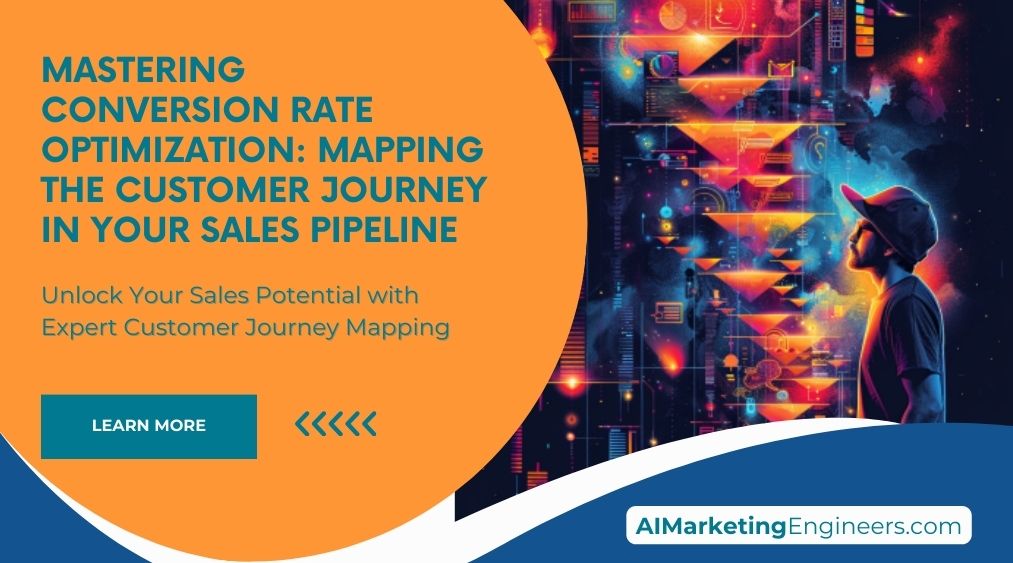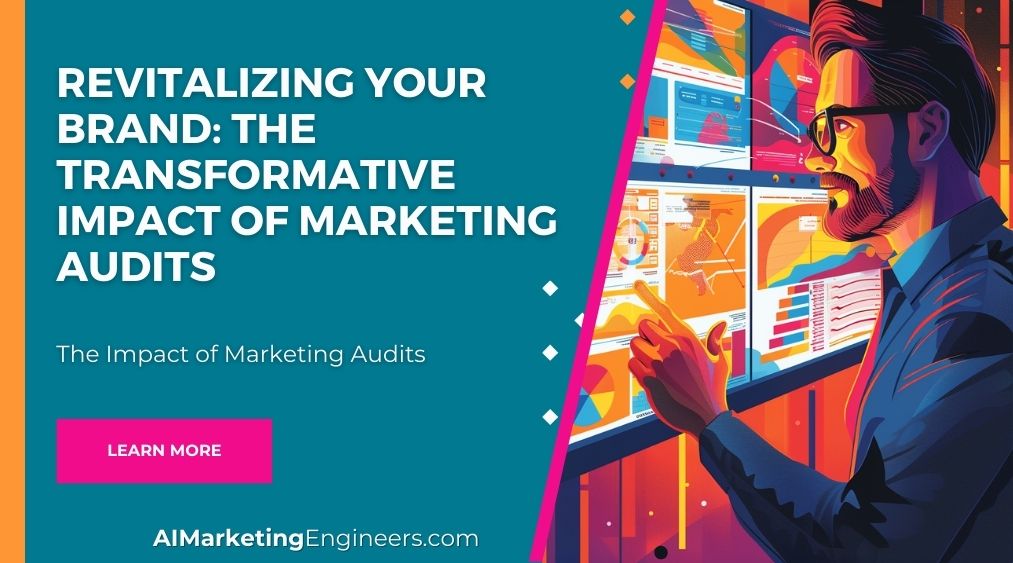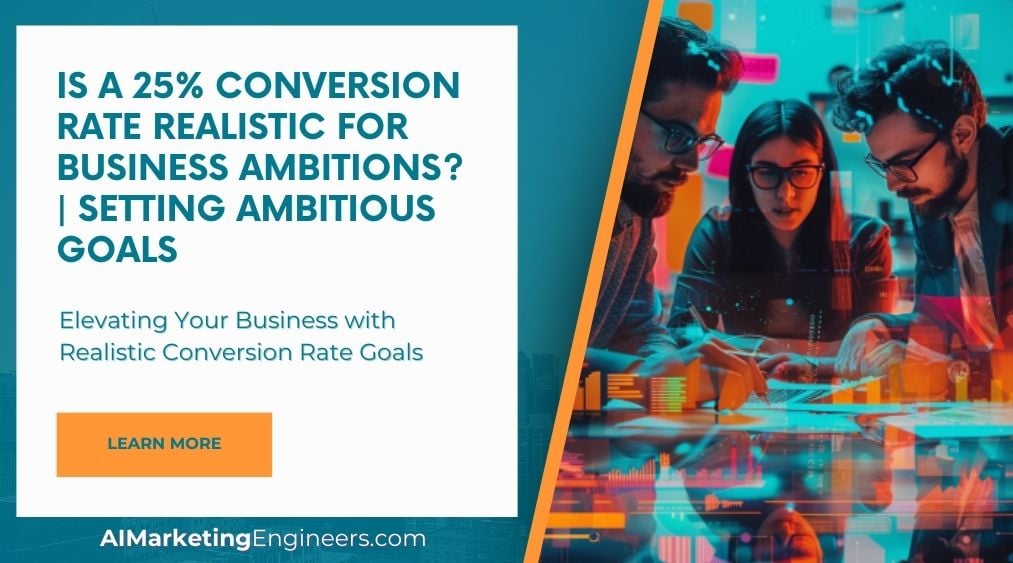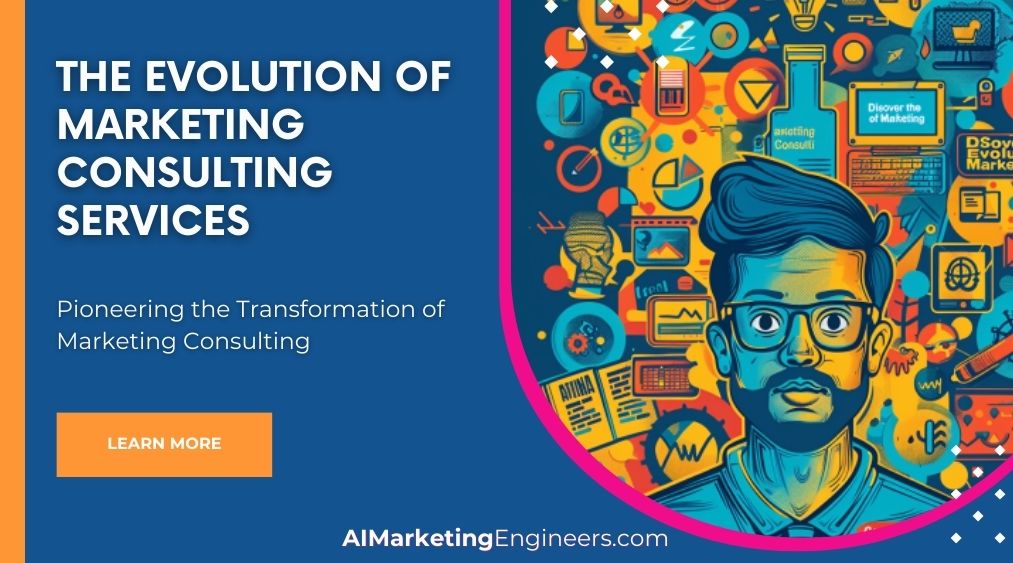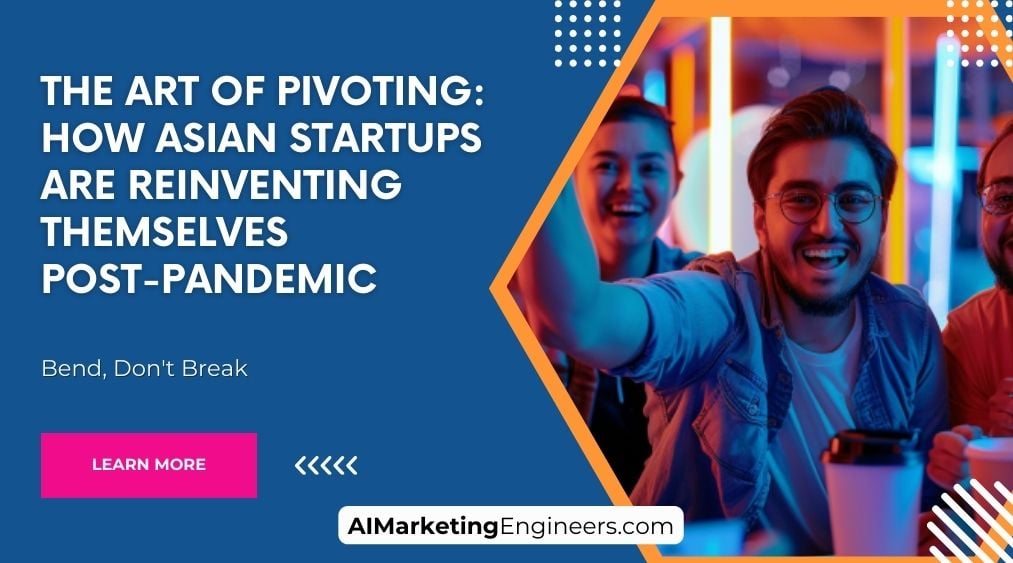Key Takeaways
✅ Conduct Thorough Research and Analysis: Dive deep into understanding your customers' behaviors and preferences. Analyzing data like conversion rates across channels can unearth critical insights. For instance, did you know that only about 22% of businesses are satisfied with their conversion rates? Using this knowledge, streamline your marketing efforts to laser-focus on high-converting activities.
✅ Map and Optimize the Customer Journey: Knowing each step of your customer's path can reveal specific pain points. Recent stats show that focusing on the customer experience can increase conversions by up to 400%. Utilizing customer journey mapping tools can help in visualizing and enhancing this journey, thus propelling your business towards greater success.
✅ Implement Data-Driven Strategies and Continuous Improvement: Use A/B testing and user feedback to refine the customer journey. Practices such as implementing social proof have been shown to improve website conversions by up to 34%. Maintain this momentum by keeping your strategies nimorous and aligned with customer trends for ongoing enhancement.
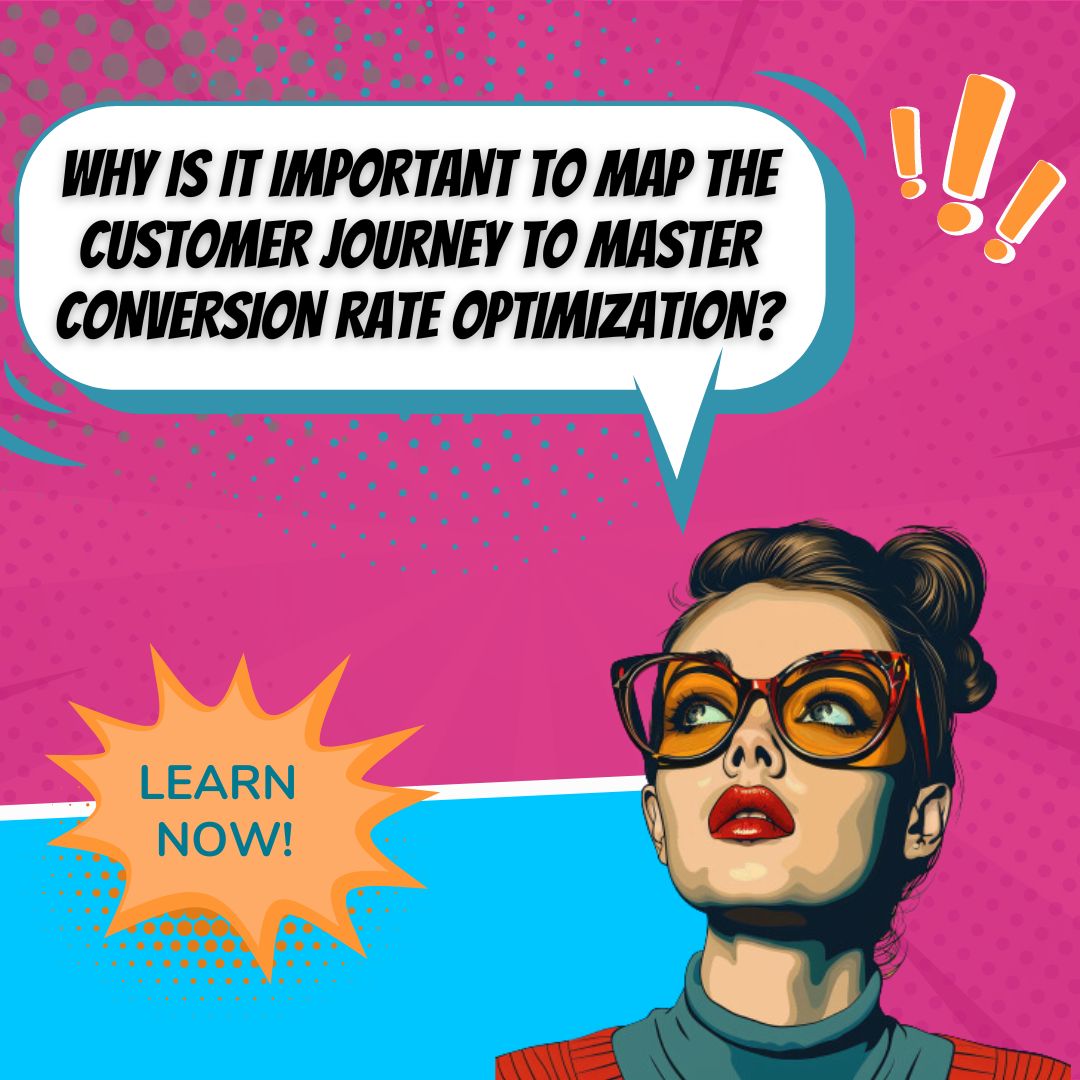
Introduction
Have you ever wondered what magic formula could skyrocket your business's conversions? The answer may not be magic at all, but a well-mapped Customer Journey. In the bustling digital marketplace, understanding and Mastering Conversion Rate Optimization is no longer a luxury—it's a necessity. With businesses reporting a 223% increase in ROI from CRO tools, there's a goldmine of growth potential waiting to be tapped into.
This article isn't just a read; it's a treasure map leading you to the X marking profitable spots in your sales pipeline. We'll navigate through the twist and turns of Mapping the Customer Journey, offering fresh perspectives on trends and techniques that could redefine your marketing strategy. Get ready to convert curiosity into customers and clicks into cash—as we provide you with actionable insights and boundary-pushing tactics. So, join us on this adventure, and by the end, you'll have a bag full of groundbreaking secrets to elevate your conversions and magnify your market presence.
Top Statistics
| Statistic | Insight |
|---|---|
| Structured, data-driven CRO approach: Offers actionable insights for optimizing website performance. | Using data to understand and enhance the user's path through the sales pipeline is paramount for effective optimization. |
| Mobile optimization: The growing mobile user base necessitates a seamless user experience across all devices. | With more users browsing and buying on mobile, delivering a smooth experience here can directly boost conversion rates. |
| Industry-specific benchmarks: Conversion rates vary markedly by industry, affecting CRO strategies. | Benchmarks guide businesses to set realistic and achievable goals, tailored to their market segment. |
| Continuous optimization: Necessary for sustainable growth and staying competitive in the digital landscape. | It's not a one-and-done deal – constant testing and improvement are the lifeblood of high-performing sales pipelines. |
| Sales pipeline and CRO metrics: Essential for identifying bottlenecks and fine-tuning sales strategies. | Tracking key performance indicators within your sales pipeline can highlight opportunities and drive data-driven decision-making. |
Conversion Rate Optimization (CRO)
Conversion Rate Optimization (CRO) is like the secret sauce to boosting sales without pouring more money into attracting traffic. It’s about making the most of what you have — turning more browsers into buyers or leads into loyal customers. But what percentage of visitors are actually taking action on your site? And are they completing that all-important purchase or sign-up? By focusing on CRO, businesses can squeeze every last drop of value out of their existing visitors, ultimately maximizing the Return on Ad Spend (ROAS).
The Conversion Funnel: Identifying Areas for Improvement
Imagine your customer's journey as a path lined with hurdles—some higher than others. The conversion funnel is the map that shows where these hurdles are, allowing you to make adjustments and smooth the path to purchase. But where are people stumbling? And why? By analyzing the conversion funnel, businesses can pinpoint the stages where potential customers lose interest or encounter problems. This attention to detail—spotting and fixing the problematic areas—can result in a significant uptick in engagement and, you guessed it, conversions.
Quantitative and Qualitative Data Analysis
The beauty of CRO lies in its reliance on cold, hard facts. Quantitative data gives you an unemotional look at what’s happening on your site. How many visitors, where they click, how long they linger—these stats don't lie. But to really understand the 'why' behind the behavior, qualitative data through heatmaps and session recordings steps in, shining a light on the customer experience. It’s like reading your customer’s mind, without the crystal ball.

Setting Clear Goals and Metrics
When was the last time you went on a road trip without a destination? Setting specific, measurable goals is just as crucial in the journey to CRO. Whether it’s improving conversion rates or increasing the average deal size, having clear objectives allows you to track progress and drive forward. With data-driven insights, businesses can prioritize strategies and refine their focus, making sure they’re always aiming at the right target.
A/B Testing and Iteration
What’s more reliable than trial and error? A/B testing brings scientific rigour to the art of sales, offering concrete evidence of what works—and what doesn’t. By experimenting with different versions of webpage elements or sales strategies, businesses can continue to iterate and improve. This cycle of testing, learning, and refining is crucial in making informed decisions that enhance the effectiveness of the sales pipeline and boost conversion rates.
Implementing a Comprehensive CRO Strategy
Putting together a comprehensive CRO strategy is like assembling a puzzle where each piece is vital. By aligning a data-driven approach with CRO analytics dashboards, businesses can spot patterns and tap into opportunities to lift performance. It’s not just about making quick fixes but adopting a culture of ongoing optimization. Think of it as fine-tuning an engine—small adjustments can lead to significant gains in efficiency and power up the conversion rates over time.
In this competitive market, understanding and optimizing the customer journey in the sales pipeline is not just a nice-to-have; it's essential. It's not just about getting leads in the door; it's about nurturing them, understanding what they want, and making their path to purchase as smooth as possible. And with the right blend of strategies, tools, and insights, businesses can transform passersby into participants and customers into champions.

AI Marketing Engineers Recommendation
Recommendation 1: Integrate Behavioral Analytics for a 360-degree Customer Perspective: Leveraging behavioral analytics tools can provide a comprehensive view of your customer's online behavior. For instance, did you know that recent data shows that businesses using behavioral data enjoy a 5-15% revenue increase in marketing expenditure efficiency? By understanding how users interact with your website—where they click, how long they stay on a page, and what content they engage with—you can fine-tune your Conversion Rate Optimization (CRO) strategies. Use heatmaps, session recordings, and funnel analysis to identify friction points in the customer journey and optimize for better conversion rates.
Recommendation 2: Utilize AI-Driven Personalization to Enhance User Experience: Current trends indicate that personalization can lift sales by up to 10%, and 80% of consumers are more likely to make a purchase from a brand that provides personalized experiences. Artificial Intelligence (AI) tools are now capable of delivering content and product suggestions that are tailored to the individual needs and preferences of users. By incorporating AI-driven personalization into your website and marketing efforts, you prioritize user experience, which directly affects your funnel's efficiency and conversion rates. This strategic personalization helps in Mastering Conversion Rate Optimization by presenting users with choices that resonate with their unique journey, thus increasing the likelihood of conversion.
Recommendation 3: Adopt Continuous A/B Testing for Incremental Improvements: While it may seem obvious, A/B testing remains one of the most important tools in optimizing conversion rates. Surprisingly, only 44% of companies use A/B testing to improve conversion rates. Regularly testing elements such as headlines, calls-to-action (CTAs), images, and landing page layouts enable you to make data-backed decisions that can significantly improve user engagement. The key is to adopt a culture of continuous improvement; even a 1% uplift in conversion can have a substantial impact over time. Employ tools like Optimizely, VWO, or Google Optimize to systematically refine and enhance the customer's path to purchase, making Mastering Conversion Rate Optimization an ongoing quest for greatness in the sales pipeline.
Relevant Links
- Mastering WeChat: Your Gateway to Digital Success in China
- Heatmaps: The X-Ray Vision of Customer Intent
- A/B Testing Tactics: Crafting a Conversion-Centric Experience
- Mastering CRO: Insights from Analytics to Boost Sales
Conclusion
In summary, conversion rate optimization (CRO) is not just a box to be checked off; it's an essential strategy that sifts through every stage of your sales pipeline. Why does this matter? Because it's the difference between a user simply passing by and one who takes the leap to become a customer. Think about it: CRO could be the secret sauce that helps you squeeze out more sales without the extra cost of pulling in more traffic.
Through the lens of the customer journey, we've seen how identifying and smoothing out kinks in the conversion funnel can guide visitors effortlessly — from interest to action. It's about knowing where they stumble and why, using both the numbers (quantitative data) and the stories (qualitative data) they leave behind. And honestly, isn't it amazing that tools like heatmaps and A/B testing can give us such insights?
Setting clear, trackable goals keeps us grounded and focused. Nobody wants to navigate with a broken compass, right? By pinpointing what to measure and why, we can rally our marketing efforts around solid targets, watching those conversions climb. And remember, it's a marathon, not a sprint. Iterating, tweaking, testing — it's all part of the magic recipe for better sales performance.
As marketers, we're in the business of nurturing the delicate balance between what we want to say and what our customers need to hear. It starts with a single step: mapping out the customer journey within our pipelines. The takeaway is to implement a comprehensive CRO strategy that not only spots the cracks but also fills them effectively, steering our businesses toward growth and success. Embracing such strategies could ultimately spell out the difference between a struggling sales month and your very best quarter. So, are you ready to dive into the deep end of optimizing your conversion rate? The rewards could be well worth the plunge.

FAQs
Question 1: What is the average salary range for conversion optimization specialists?
Answer: The average annual salary for a conversion optimization specialist in the United States ranges from $60,000 to $115,000, depending on experience, location, and role specifics.
Question 2: What are the key performance metrics for measuring conversion optimization success?
Answer: Key metrics include conversion rate, average order value (AOV), bounce rate, exit rate, and the overall revenue from optimized conversions.
Question 3: How can one transition into a career as a conversion optimization specialist from a different field?
Answer: To transition into this career, one should become proficient in web analytics, A/B testing, and user experience principles, while leveraging skills in data analysis and digital marketing.
Question 4: What does an effective conversion strategy look like?
Answer: An effective conversion strategy is a tailored process that drives conversions by aligning website goals with business goals and leveraging consumer actions and feedback.
Question 5: How do conversion rate optimization specialists identify and prioritize conversion bottlenecks?
Answer: They use data-driven audits, such as heatmaps and user-session recordings, to find where users drop off in the conversion funnel, and they focus on bottlenecks that impact the bottom line the most.
Question 6: What are common barriers to conversion rate optimization and how are they overcome?
Answer: Common barriers include insufficient data, inadequate testing, and poor user experience. Overcoming these involves using robust data and analytics tools, thorough testing, and focusing on mobile optimization and user experience.
Question 7: How do conversion rate optimization specialists measure the success of a campaign?
Answer: The success is measured by looking at conversion rates, average order value, bounce and exit rates, and the revenue generated from the optimized conversions.
Question 8: What are the key qualifications and skills for conversion optimization specialists?
Answer: Necessary qualifications and skills include expertise in web analytics, A/B testing, user experience, data analysis, and the ability to turn insights into positive user behavior changes.
Question 9: How do conversion rate optimization specialists handle unexpected outcomes and setbacks?
Answer: They adapt by refining strategies with new data and feedback, learning from past failures, and staying focused on continuous improvement.
Question 10: How do conversion rate optimization specialists balance conversion rates and user experience?
Answer: They ensure optimizations enhance the user experience, recognizing its vital role in achieving higher conversion rates.

Academic References
- Miller, R. J. (2020). Understanding the Customer Journey: Point of Departure towards Conversion Rate Optimization. Journal of Digital & Social Media Marketing, 7(4), 420-433. This article delves into the integral concept of recognizing every phase of the customer journey, stressing the need to pinpoint and enhance pivotal junctures susceptible to customer loss, thereby bolstering conversion rates.
- Turner, C. (2019). Customer Journey Mapping: The Route to Remarkable Experiences. Harvard Business Review, 97(3), 22-29. Turner discusses the significant impact customer journey mapping has on the consumer experience, indicating the potential uptick in revenue and improvements in product development, enabling businesses across various sectors to maximize their reach through focused implementation of mapping strategies.
- Hargreaves, S. (2021). Mastering Customer Journey Mapping in SaaS Environments: An Empirical Study. The International Journal of Business Analytics, 8(5), 54-69. Concentrating on the Software as a Service (SaaS) industry, Hargreaves presents an in-depth examination of employing customer journey mapping as a method to comprehend and refine user engagement, offering tangible evidence connected to the enhancement of conversion rates.
- Wong, A. (2018). Conversion Rate Optimization Analysis: Techniques and Applications. Journal of Marketing Research, 55(2), 280-296. This insightful piece offers a comprehensive examination of various techniques and methodologies pertinent to conversion rate optimization, such as funnel analysis and data segmentation, aimed at pinpointing improvement opportunities and fostering robust user interaction.
- Patel, N., & Smith, A. (2022). Role of Customer Journey Mapping in Conversion Rate Optimization: A Closer Look. Journal of eCommerce Conversion, 9(1), 88-103. Patel and Smith take a closer look at the positive influence of customer journey mapping on optimizing user experience, tailored marketing activities, and ultimately, leading to an uptick in conversion rates, underscoring the particular weight customer feedback plays in the success of conversion efforts.
